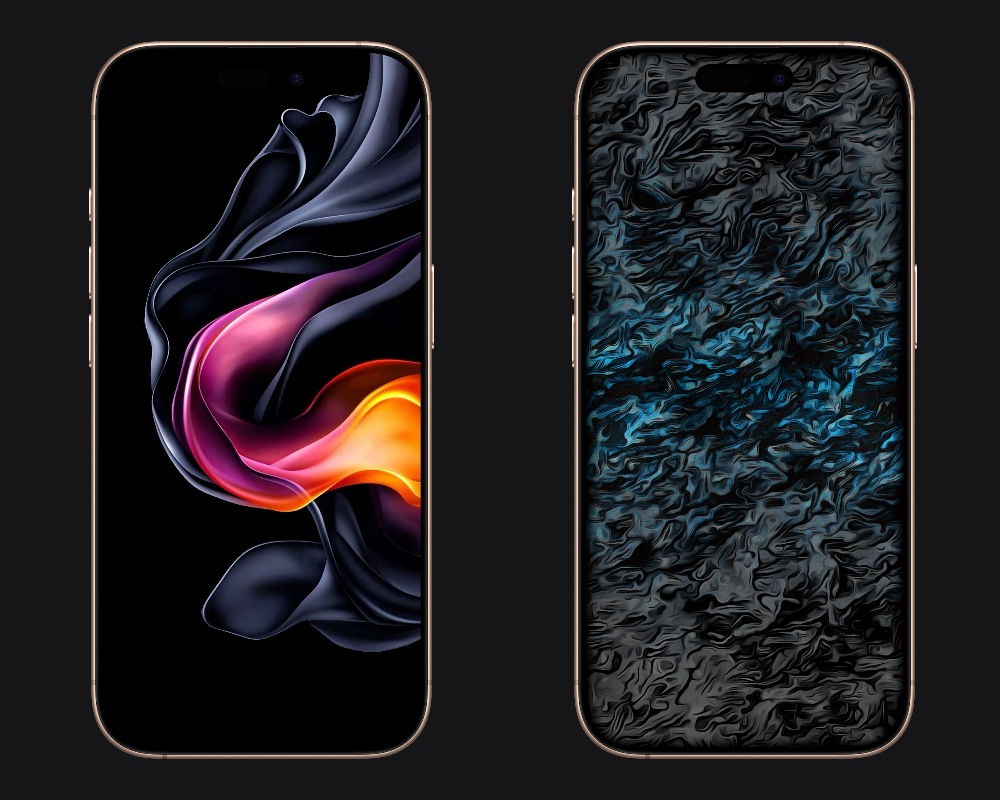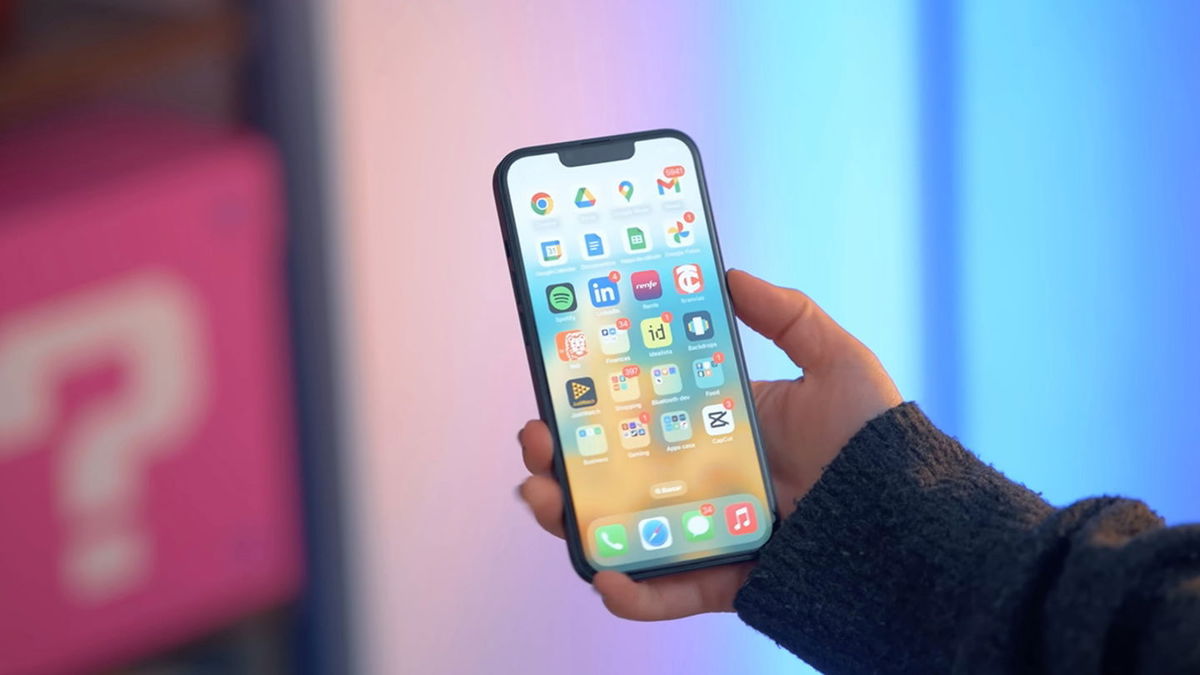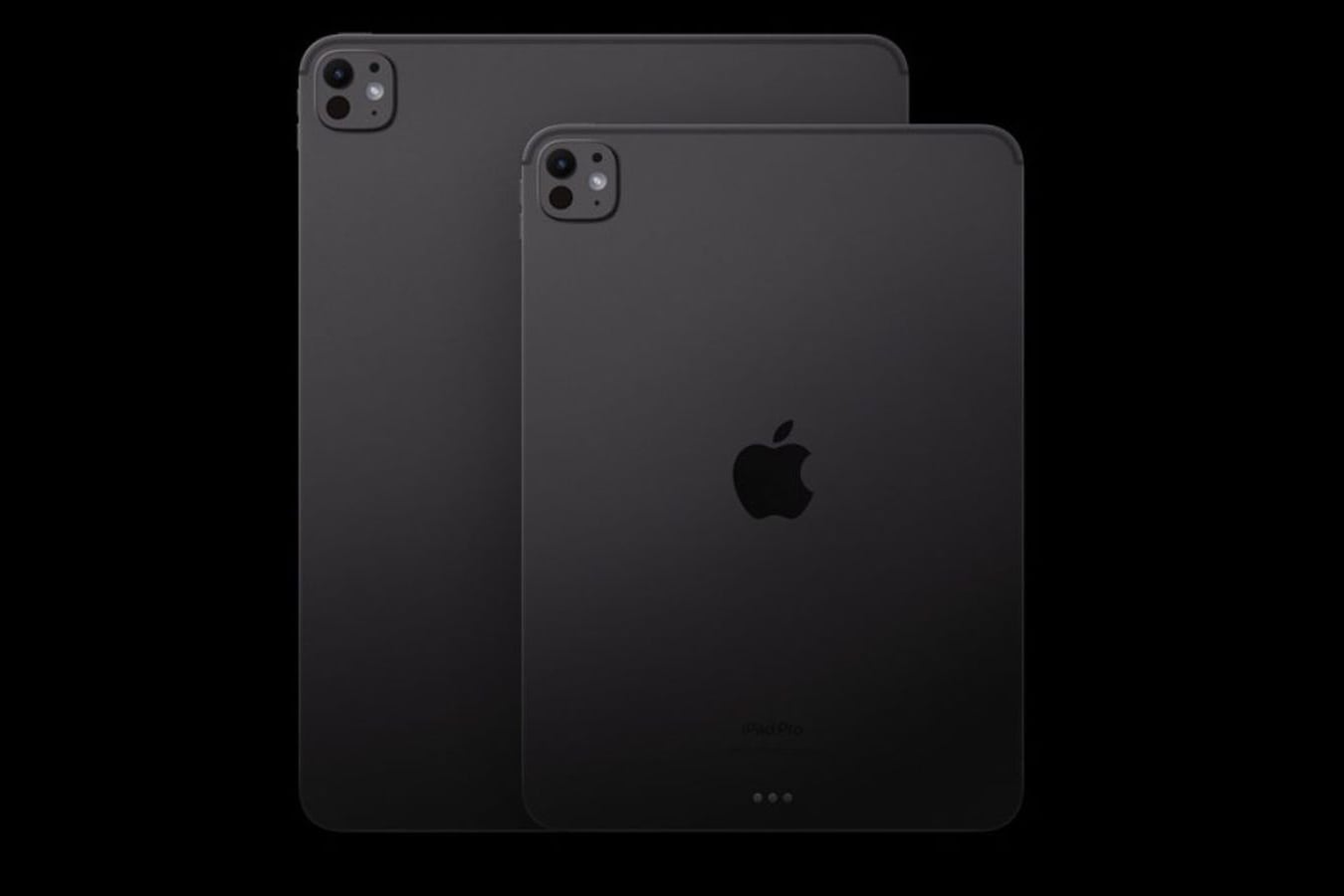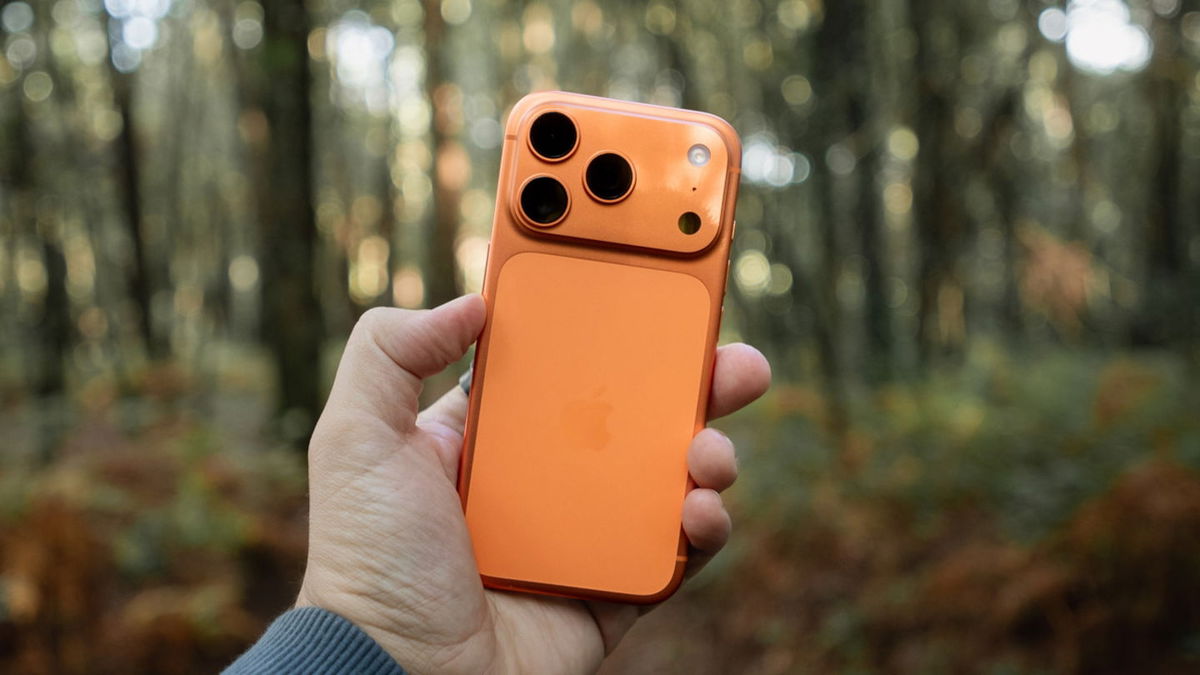Poco, a brand owned by Xiaomi, has added two new entrants to its mid-range smartphone catalog in just a few weeks. On the one hand, the Poco X4 GT with a MediaTek chip and a large battery of over 5000 mAh. On the other hand, Small F4, an update to the Poco F3 that the company announced in 2021. This latter model is, in my opinion, the more curious of the two. Not because of its specs or because it offers different features. Instead, it is because of an interesting strategy that Xiaomi has implemented.
The Chinese company produced only a few minor modifications to make it the successor what was and still is one of its best value for money mobile phones. In particular, the new Poco F4 retains some of the characteristics of the Poco F3. First of all, those that focus on performance and the multimedia section. Instead, it adds small changes that seem to be aimed at making this terminal more “modern” in line with the rest of the mid-range phones announced this year.
In fact, Poco F4 it has almost the same performance as Poco F3. Also the same screen size and very similar camera setup. However, it is 50 more expensive than its predecessor.. With that in mind, it’s quite normal for a few questions to arise.
- What news does the Poco F4 have compared to the Poco F3?
- Why did Xiaomi decide to keep some of the key features of the previous model?
- If they are so similar, which model is more expensive?
What changed?
In particular, the Poco F4 is better than the Poco F3 in three sections. One of them is design. Xiaomi wanted to give it a more modern look, relying on a chassis that closely resembles the chassis of terminals from other companies or even from other manufacturers such as the Apple iPhone 12. The smartphone has flat polycarbonate frames that blend well with the glass back; shiny glass with an effect that gives it a very elegant aesthetic. All this, yes, with a front panel that stands out with minimal bezels.
The second main difference appears in camera. Although the configuration is exactly the same, Xiaomi has changed the sensors to increase the resolution and therefore improve the photographic results. The Poco F4 has a 64MP main camera, up from 48MP on the previous version.
However, the most important difference lies in image stabilization technology (OIS), a system not found in the Poco F3 and which, again, can help improve photographic results. He claims yes, an 8-megapixel ultra-wide-angle camera, but the macro sensor, oddly enough, drops to 2 megapixels. Probably to compensate for the increase in resolution of the main sensor and the inclusion of the OIS system, and also the fact that this does not increase the price of the device much.
In any case, at least in my experience, both sensors (Wide and Ultra Wide) They are good at taking pictures. Although the ultra-wide-angle camera shows a bit more noise in low light conditions, at this price we can’t ask for more. The macro sensor is also an ideal alternative for taking more original photos, as it allows us to get closer and get more accurate information about the subject. However, this is not a lens that I use often, and it is true that its low resolution limits its capabilities.
Another change occurs in autonomy, but not exactly in battery capacity, where the change is almost imperceptible – after all, the Poco F4 has 20 mAh less than the Poco F4. The difference compared to the Poco F3 is the download speed. Xiaomi wanted to give this Poco F4 Fast charge 67W. That’s more or less double the charging power of its predecessor.
This allows you to charge a 4500 mAh new smartphone, according to our tests, in about 40 minutes. It also allows you to supply 50% battery charge in just 15 minutes. The charger, on the other hand, is included; something that is appreciated, given that there are already mid-range models that do not include it.
In addition to these three main points, Xiaomi has also included in the Poco F4 some extra features not found in Poco F3. One of them is the ability to play Dolby Vision compatible content. Bluetooth connectivity has also been improved from version 5.1 to Bluetooth 5.2.
What hasn’t changed?

The Poco F4 retains some of the most important features of a mobile phone. Curiously, these are the ones that manufacturers usually change every time they release a new generation. One of them is the processor. The Poco F4 has exactly the same SoC as the Poco F3.. This is, in particular, the Snapdragon 870 chip, which is accompanied by 6 or 8 GB of RAM, as well as 128 or 256 GB of internal memory, respectively. Yes, the same configuration as its predecessor.
not quite clear the reason why Xiaomi decided to include the same SoC on your new device. This is likely due to the still ongoing semiconductor shortage, as the inclusion of a new SoC could limit product stock in stores and therefore increase delivery times – as has already happened with other devices from other manufacturers. It may also be related to the cost of this component. The choice of a more powerful processor would mean an increase in the price of this terminal; perhaps this puts it above the attractive 350 euros that this model costs and therefore makes many users look for another cheaper option.
We also shouldn’t forget about inflation, which seems to be affecting the production cost of this device. The new Poco F4 costs 50 euros more than its predecessor, despite the same specifications. and small additions that usually do not mean a price increase after a year has passed. So if Xiaomi had included a more powerful processor or a different camera, the production cost could have increased significantly and the Poco F4 would no longer be the company’s bet in the €400 range.
Anyway, Snapdragon 870 seems to continue to perform well today and it’s also one of Qualcomm’s most efficient chips. That is: the performance per watt it offers is better than many alternatives.
Another section that hasn’t changed: the screen. Poco F4 supports 6.67-inch AMOLED panel. which also includes a Full HD + resolution and a refresh rate of 120 Hz. In this case, the zero modification can be partly justified. Many manufacturers keep the screen size, resolution and refresh rate of their predecessors. Modification, perhaps, in some other superfluous paragraph. This is what Xiaomi has also done. Keep in mind that the Poco F4 adds support for Dolby Vision, which the Poco F3 does not. The results obtained with this screen are in any case very good, both in terms of color and brightness, so a step forward is not missed either.
So is this Poco F4 worth it?

The Poco F4 is available in two RAM and storage configurations. Version with 6 GB and 128 GB Its price is about 399 euros. (€50 more than the Poco F3, which went on sale for €349). On the other hand, the 8 GB and 256 GB variant costs 450 euros. Is this model worth the money compared to its predecessor, or even compared to other competitors?
Of course, if you are a Poco F3 user, you should not upgrade to this Poco F4, as there are almost no changes in the main functions. Or, in other words, you get the same set but with a slightly different chassis, but pay more. If, on the other hand, you are looking for a new mobile phone and your budget is around 400 euros.; The Poco F4 could be an interesting option over the Poco F3. First of all, given that this latest model will no longer be available as soon as stocks run out, as Xiaomi will stop producing it. What’s more, its price difference isn’t all that terrible given the small improvements, and you get, among other new features, a more modern design, faster charging, and a slightly more advanced camera.
The Poco F4 could also be a very interesting alternative to its competitors. For example, one of the main competitors is Realme GT Neo 3Twhich has the same SoC, practically the same camera configuration and a similar battery, but at a slightly higher price: around 430 euros.
Poco F4 has competitors at home

Now we must not forget about the rest of the phones that are in the Xiaomi catalog, or rather Poco. These are, in fact, they are quite a bright alternative to this Poco F4as they offer very similar features at a lower price.
An example is the recently announced Small X4 GT. This mobile phone has a similar camera configuration, a screen with almost the same features other than technology, the same additional features as the Poco F4 (such as Dolby compatibility) or an NFC chip, and in addition a larger battery. Differences? The Poco X4 GT has an LCD panel instead of OLED, its design is slightly different, it doesn’t have OIS in the camera, and it has a MediaTek chip instead of Qualcomm. The latter, however, should not be an argument against this model.
The chip that powers the Poco X4 GT is MediaTek Size 8100SoC, which, according to various landmarks, is the benchmark in efficiency per watt compared to other mobile processors on the market. Even surpassing Snapdragon 870 Poco F4. In general performance, it also offers very good results.
To this we must add that the price difference between Poco X4 GT and Poco F4 is only 50 euros. So betting on the Poco x4 GT over the Poco F4 – especially if you’re into autonomy and performance – might be a better option if it suits your needs.
Source: Hiper Textual














